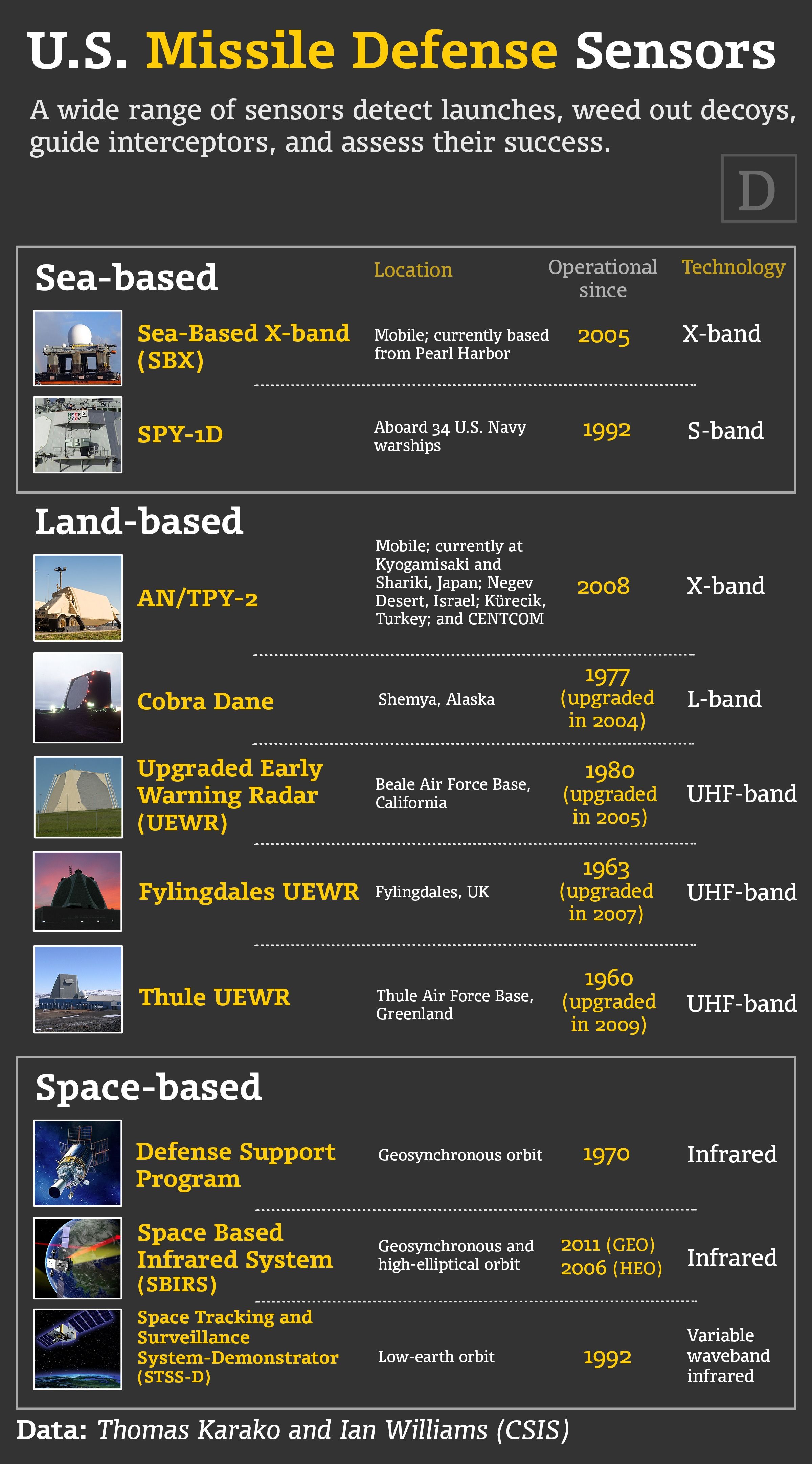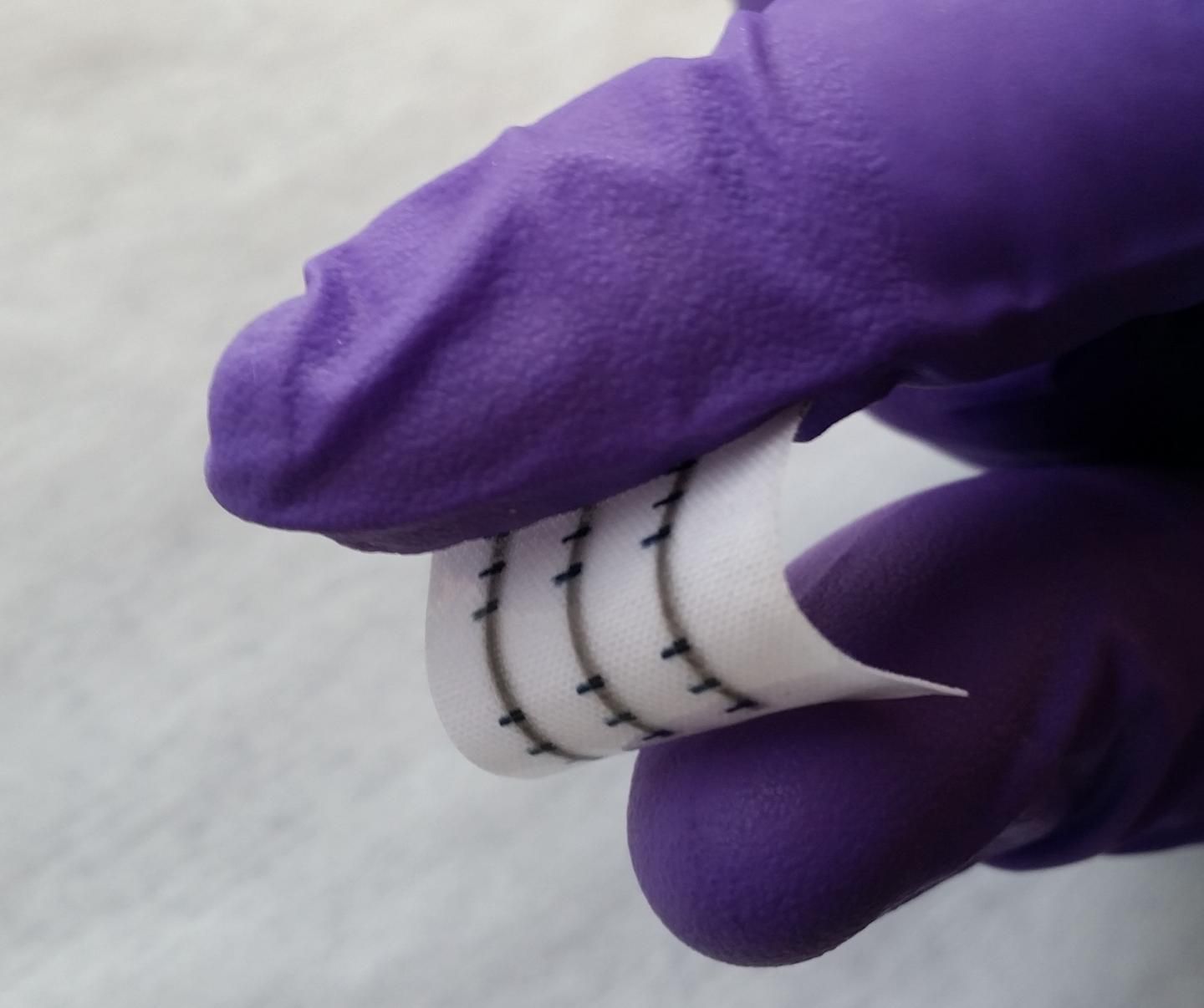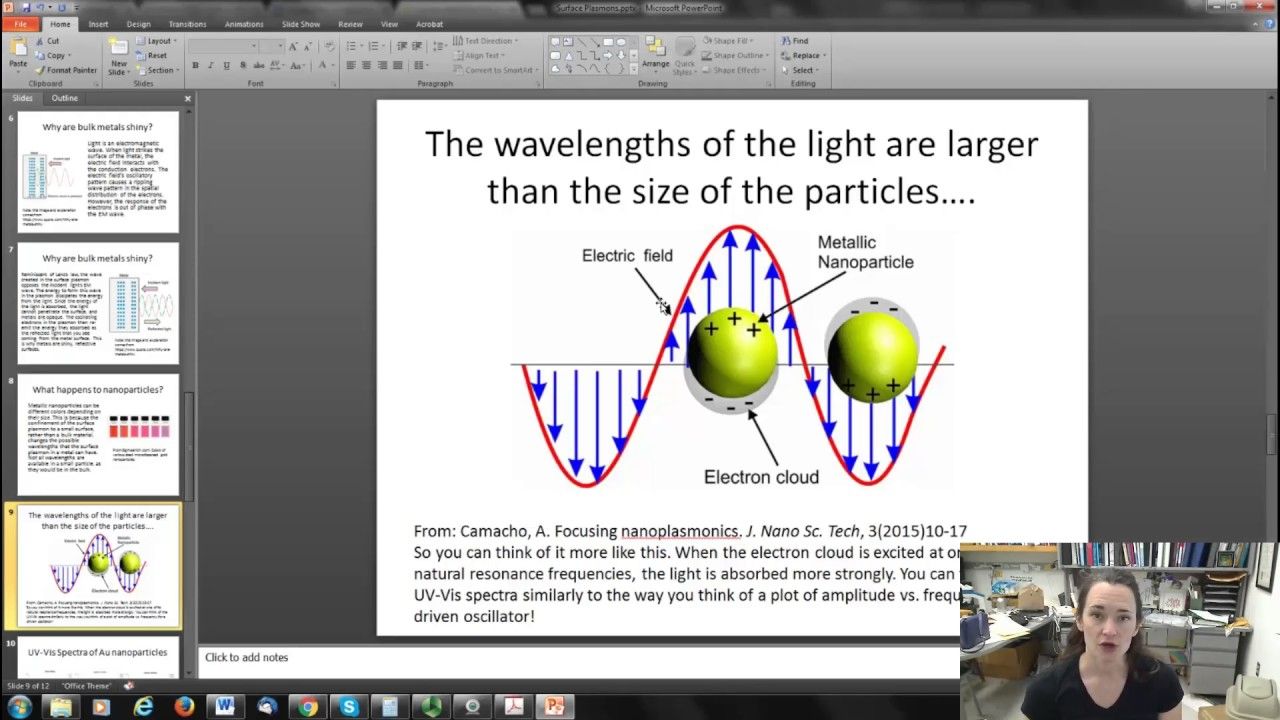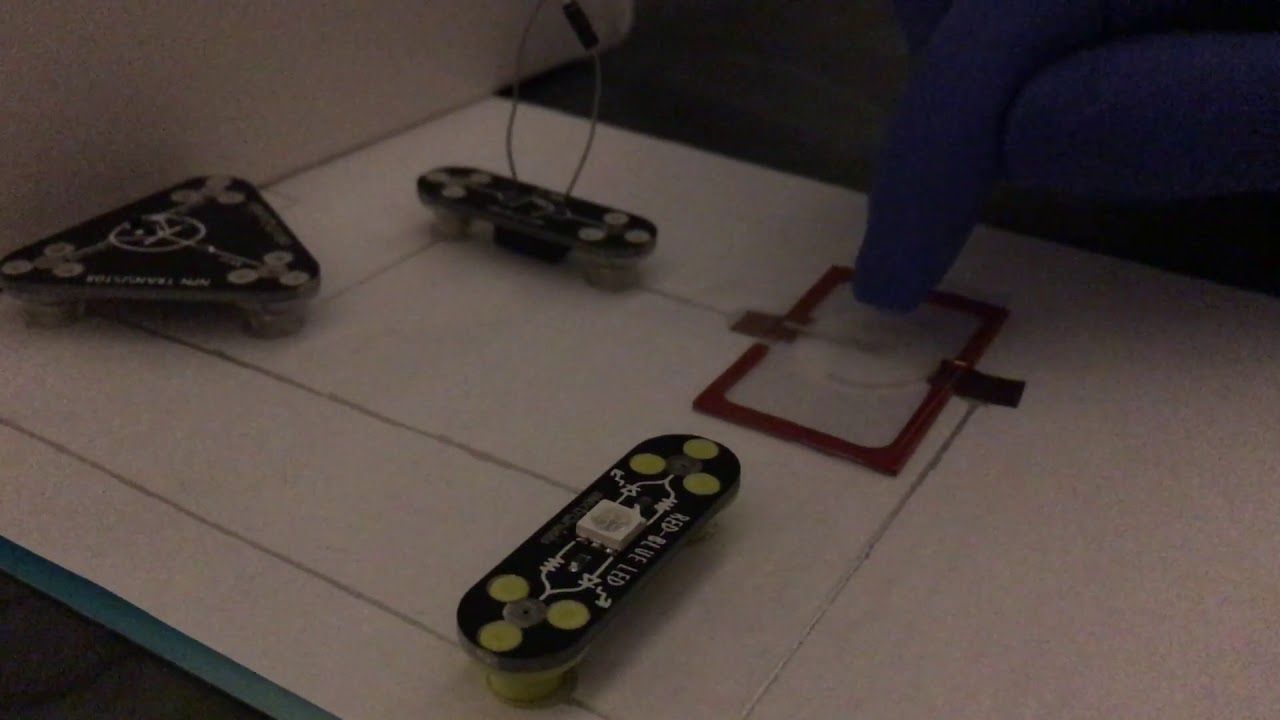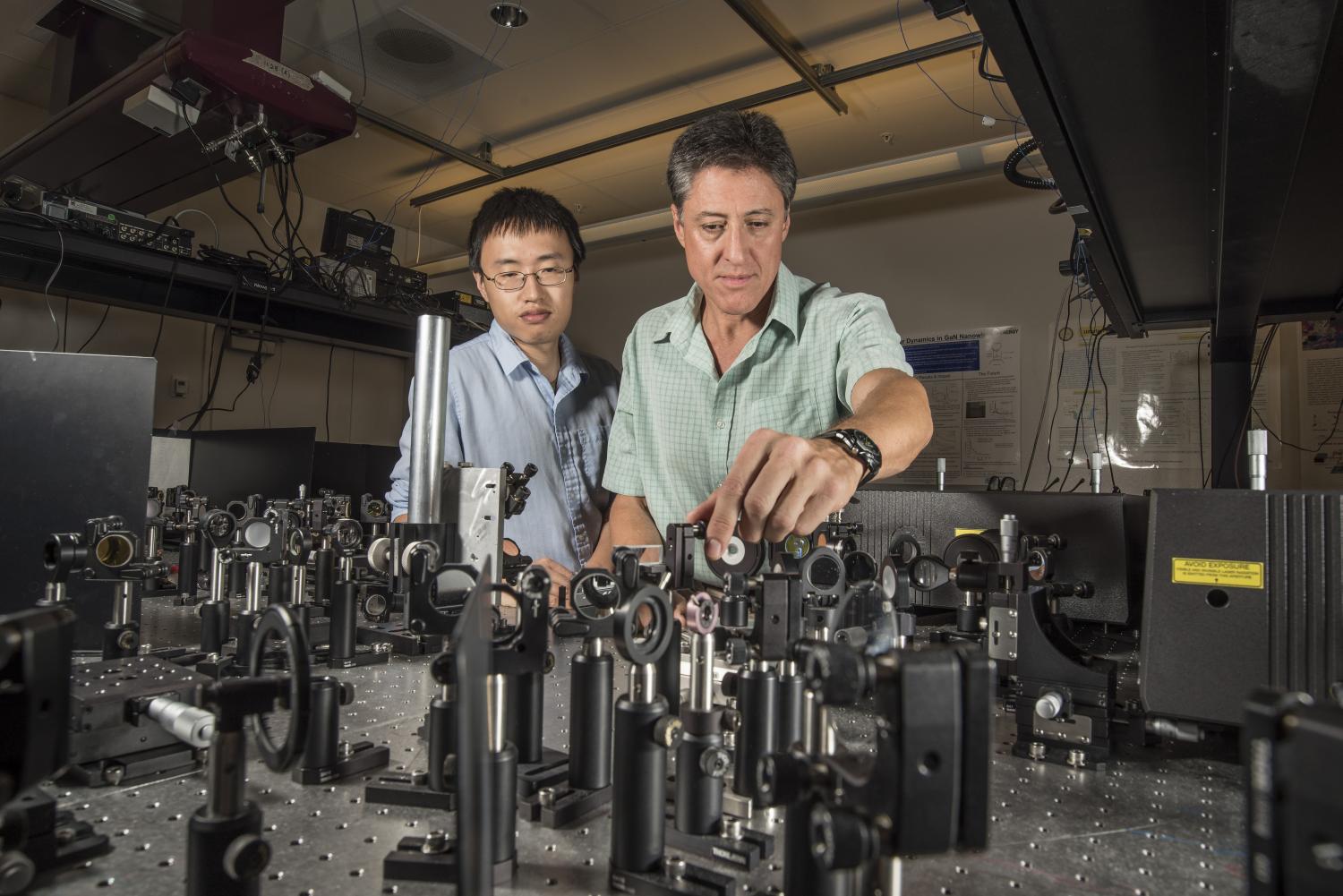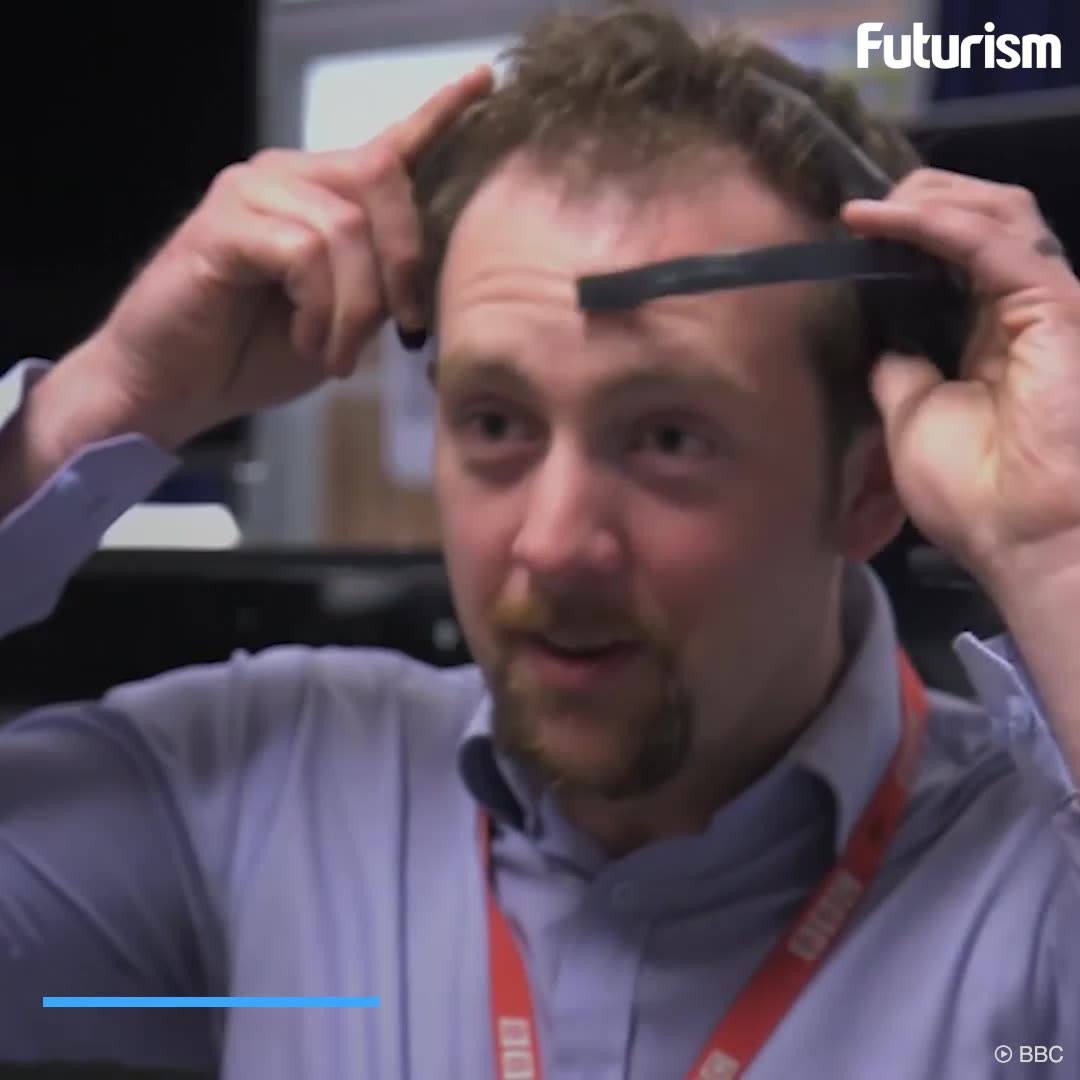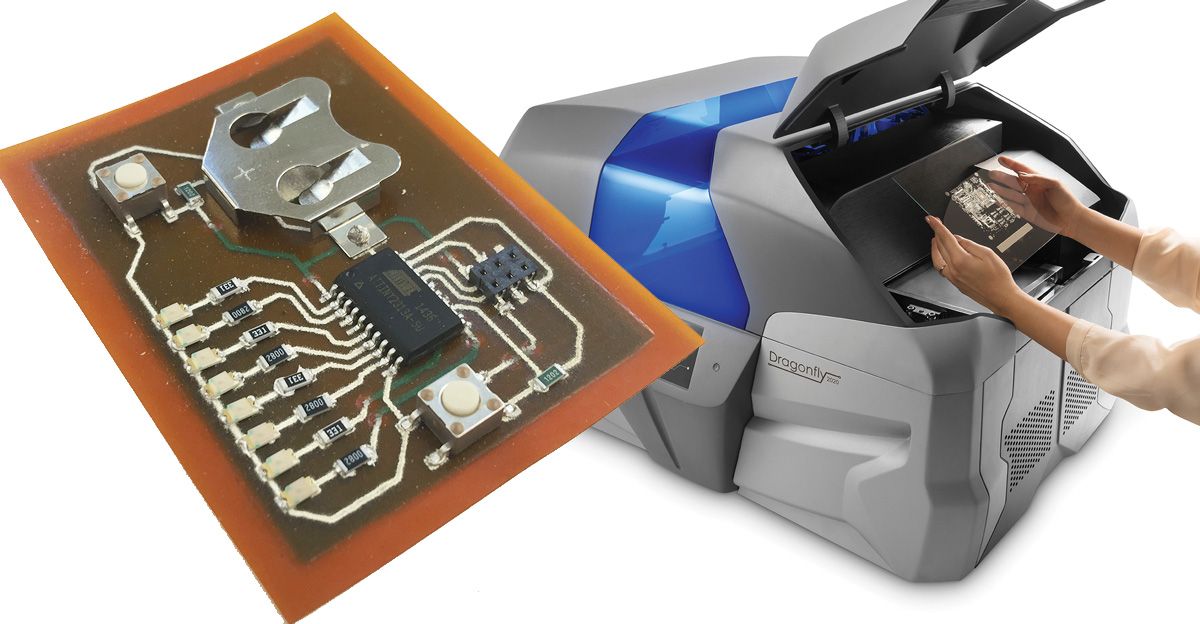Gaps in coverage leave interceptors less-equipped to defeat the threats of tomorrow.
No missile defense is better than the sensors that tell the interceptors where to go and what to kill. The Ground-based Midcourse Defense system, or GMD, draws upon considerably more sensors for homeland defense than when operations began in 2004, but shortfalls remain. The North Korean and other missile threats are not diminishing, and it’s time to get this right.
In a forthcoming report, we recommend that the Defense Department and Missile Defense Agency take several steps to improve the sensor backbone of America’s homeland missile defenses, including fielding a space layer, filling radar gaps, adding omnidirectional focus, and improving command and control. Unfortunately, the budget for missile defense sensors has fallen considerably over the past decade, exactly the wrong trend for our changing security environment.
